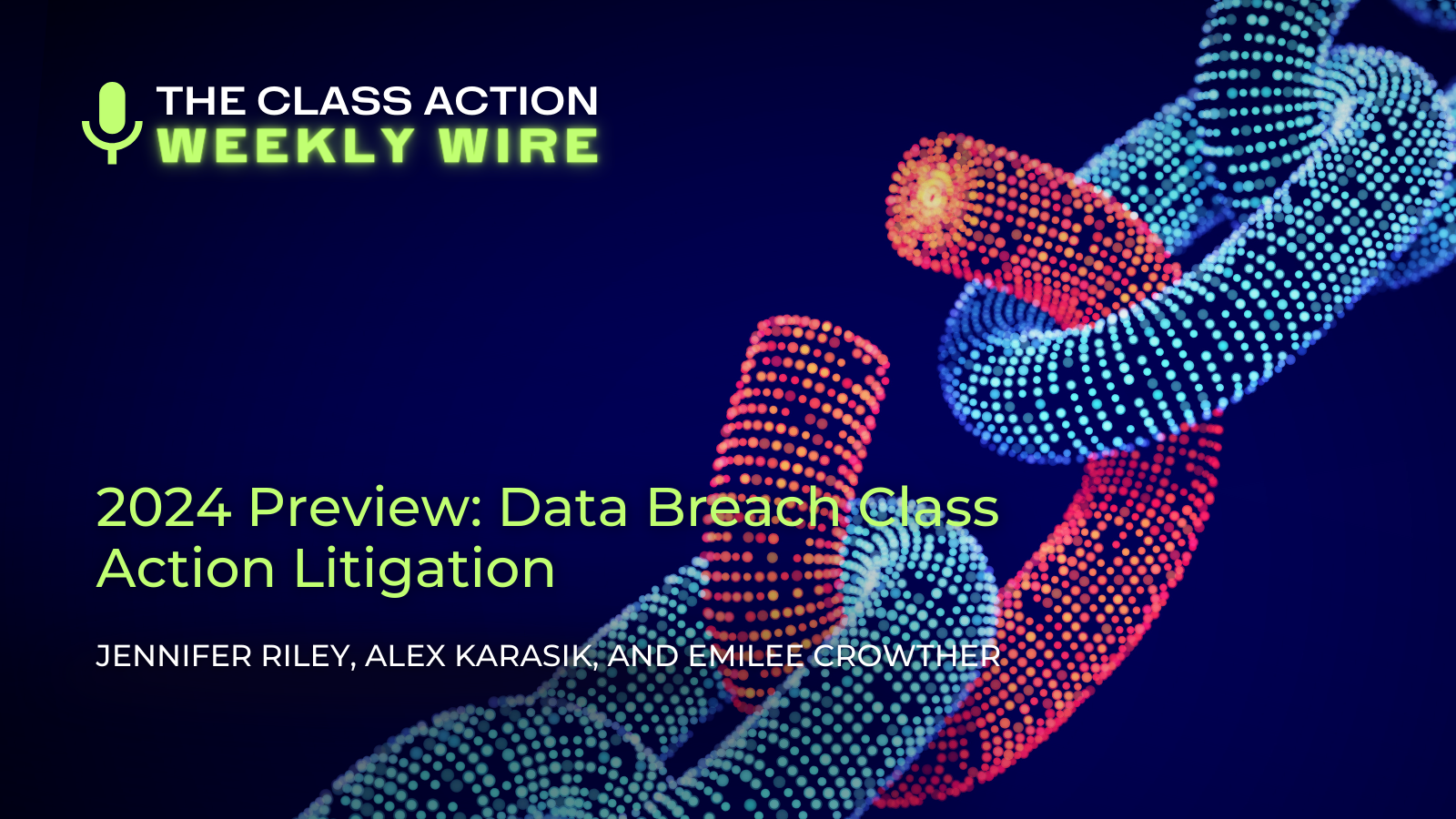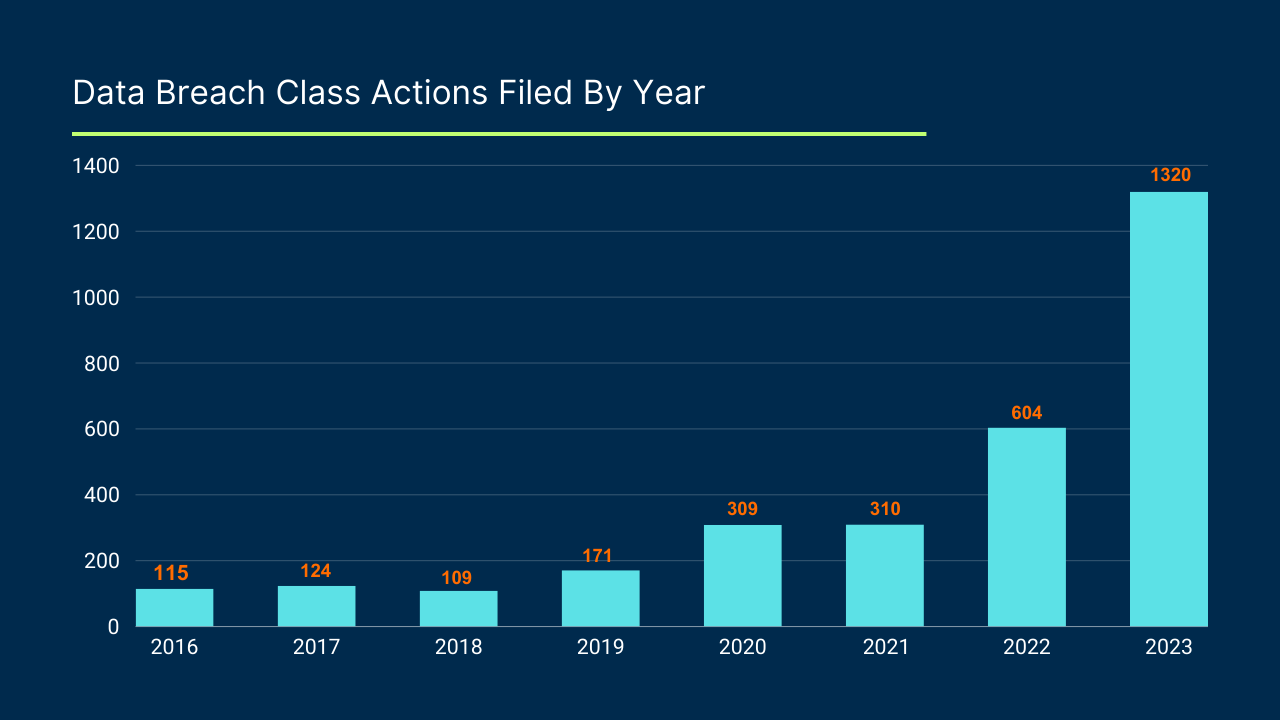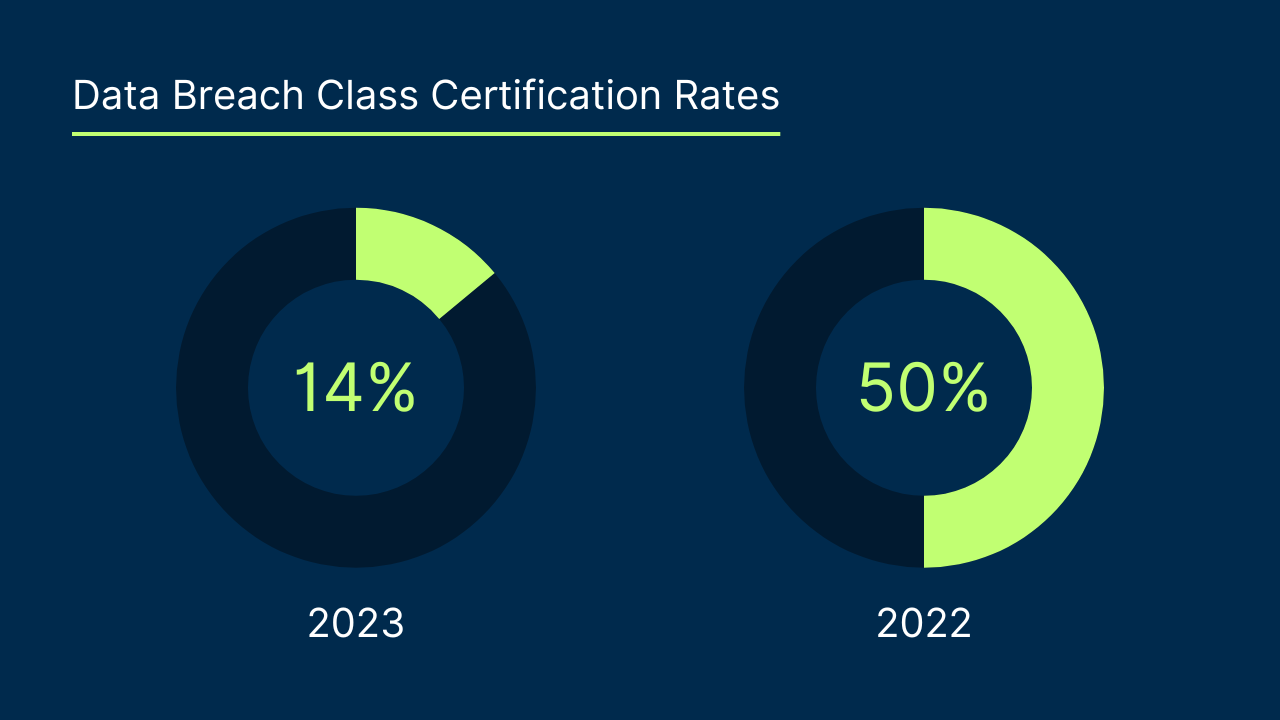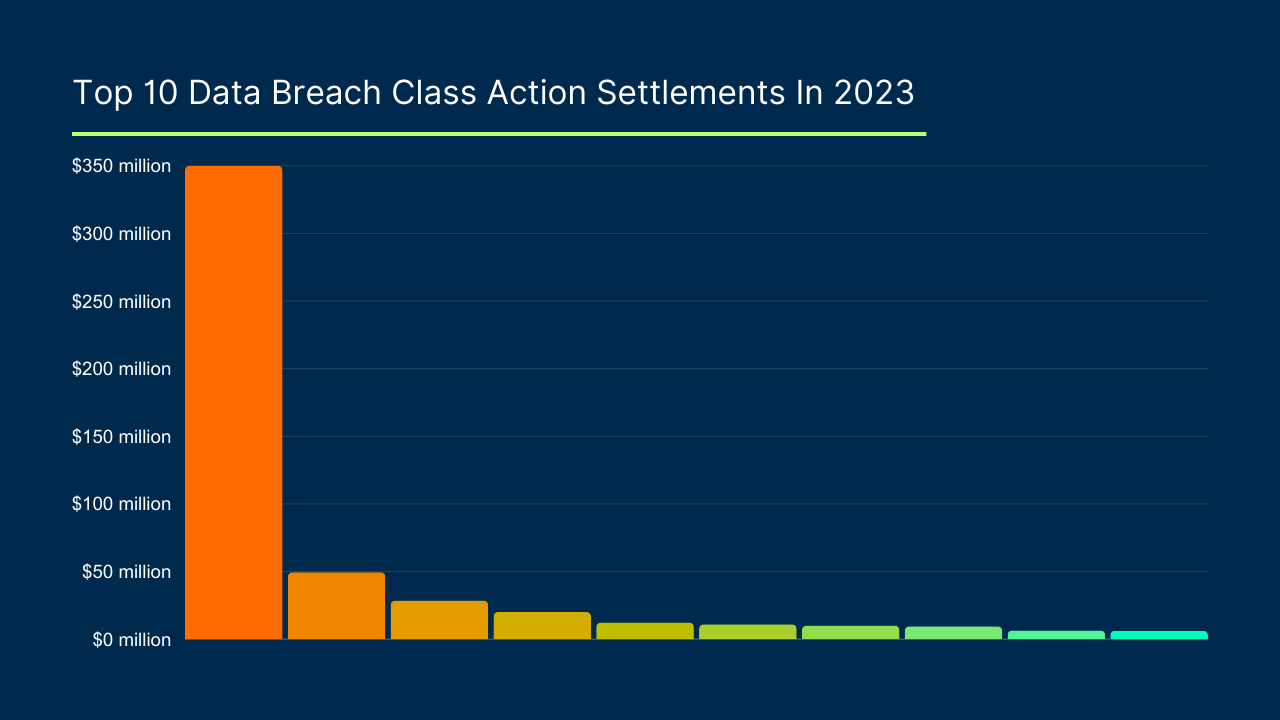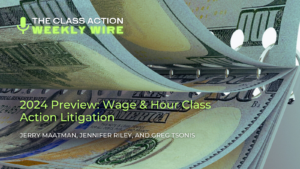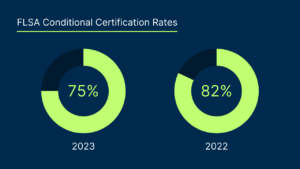 By Gerald L. Maatman, Jr. and Gregory Tsonis
By Gerald L. Maatman, Jr. and Gregory Tsonis
Duane Morris Takeaways: In a decisive ruling on February 29, 2024, Judge Eric F. Melgren of the U.S. District Court for the District of Kansas granted the motion by defendants Bombardier, Inc. (“Bombadier”) and its subsidiary Learjet, Inc., (“Learjet”) in Wood, et al. v. Learjet Inc. et al., Case No. 18-CV-02681 (D. Kan. Feb. 29, 2024), to decertify a collective action brought under the Age Discrimination in Employment Act (“ADEA”). This landmark decision underscores the increased scrutiny applied during the decertification stage of collective actions, especially concerning allegations under the ADEA, and how defendants can successfully achieve decertification by attacking proffered evidence and establishing the individualized inquiries which preclude proceeding as a collective action.
Case Background
The lawsuit originated from claims by two named plaintiffs, both over the age of 40 and former employees at the Bombardier Flight Test Center (“BFTC”) in Wichita, Kansas, operated by Learjet. The named plaintiffs alleged a pattern or practice of age discrimination in violation of the ADEA, i.e., specifically that defendants targeted non-union employees over the age of 40 for termination. Following the lawsuit’s initiation, and applying the “similarly situated” collective action standard incorporated by the ADEA from the Fair Labor Standards Act, plaintiffs sought conditional certification of a collective action under the traditionally “lenient” standard applied by the courts within the Tenth Circuit and others in evaluating certification of collective actions. Specifically, the plaintiffs sought and obtained conditional certification for a collective action consisting of non-union personnel employed since April 2, 2016 at the BFTC whose employment was terminated when they were over 40 years of age. After the dissemination of notice, additional plaintiffs opted in, with four remaining by the time the defendants moved for decertification.
Procedurally, the defendants moved to decertify the collective action after the conclusion of fact discovery.
The two named plaintiffs and four opt-ins all worked in the BFTC, were over the age of 40 at the time their employment ended, and were terminated for various reasons. One named plaintiff was terminated as a result of performance issues and a safety violation. The other named plaintiff was placed on a performance improvement plan for time management issues that resulted in his termination. While Learjet terminated one opt-in plaintiff for insubordination in connection with his failure to repay a tax payment reimbursement to the company, the three other opt-in plaintiffs were laid off as part of corporate reorganizations, with performance playing a role in some, but not all, layoff-related terminations.
The Court’s Decision
Applying the Tenth Circuit’s two-step approach for collective action certification, the Court moved from the “lenient standard” at the conditional certification stage to the “stricter” standard post-discovery to assess whether the plaintiffs were “similarly situated.” Id. at 9. The analysis to determine whether the members of the collective action were “similarly situated” to the named plaintiffs involved examining disparities in employment circumstances and available individual defenses, as well as procedural fairness and efficiency considerations.
The Court found the evidence of a discriminatory policy, predicated on an alleged statement about the company’s age composition, insufficient to establish a pattern or practice of discrimination. To establish an unlawful policy, plaintiffs relied on a single statement made by a director at a meeting in which he “drew an inverted triangle to represent a large number of older workers (at the top) and a small number of younger workers (at the bottom)” and allegedly stated that “the age balance was upside down” and that they “needed to reduce the age of the Company.” Id. at 3. The Court, however, determined that “no evidence” of a discriminatory policy existed other than the alleged statement. Notably, the Court highlighted the lack of documentation, meetings, or direct involvement by management in any discriminatory policy’s alleged development or implementation. Id. at 13. Furthermore, terminations affecting the named plaintiffs and opt-ins spanned three years and involved various decision-makers, and evidence demonstrated that the average age of BFTC employees and percentage of workers over the age of forty increased between 2015 and 2019. Id. at 8, 13.
The Court also considered the individual circumstances of the named plaintiffs’ and opt-ins’ terminations, noting significant differences in the reasons for termination and the involvement of different managers in these decisions. The Court credited defendants’ argument that individualized defenses required decertification, as some opt-in plaintiffs executed releases barring their ADEA claims, the named plaintiffs’ claims were limited by the scope of their charges of discrimination, and one opt-in failed to disclose claims against defendants in bankruptcy proceedings. Id. at 16. Though noting that the individualized evidence was “not onerous,” the Court opined that the diversity in employment circumstances and the presence of individualized defenses underscored the plaintiffs’ disparate situations, which counseled against the maintenance of a collective action. Id. at 16. Finally, the Court also found that the “lack of common representative evidence” and the “highly individualized” circumstances of each plaintiff threatened to confuse a jury by requiring separate mini trials, which was wholly inefficient. Id. at 17. Accordingly, the Court granted defendants’ motion to decertify.
Implications for Employers
This decision sends a strong message about the potential hurdles faced by plaintiffs in sustaining collective actions after fact discovery, particularly in pattern-or-practice ADEA cases. For employers, the ruling highlights the importance of meticulous record-keeping, clear performance management, and consistent application of termination policies to defend against collective action claims effectively.
Moreover, this decision showcases the strategic value of aggressively challenging collective action certification on the basis of individualized claims and defenses, thereby preventing the broad-brush grouping of distinct employment cases. Employers should also note the critical role of early, proactive legal strategies in managing and mitigating the risks associated with collective action litigation.




